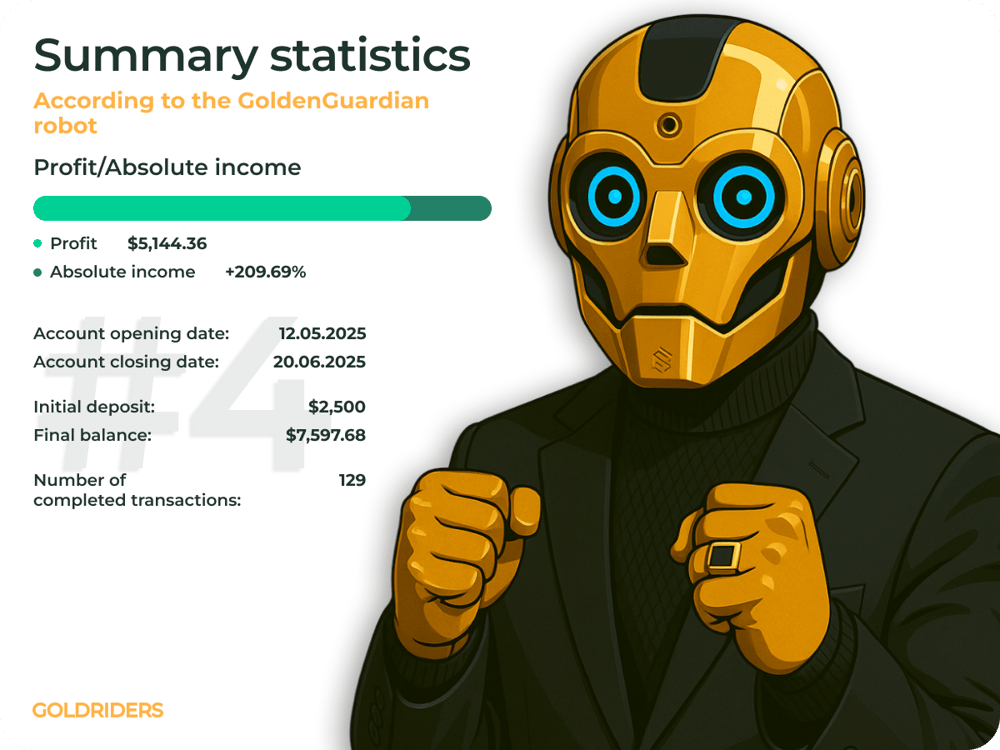The Pros and Cons of Trading Bots in Automated Markets: Impacts on USD, BTC, and SPX
With advancements in data processing and computing power, trading bots have become an integral part of today’s financial ecosystem. Used by both institutional investors and retail traders, automated systems can execute thousands of trades in fractions of a second based on mathematical models and predefined algorithms. Across major markets such as SPX, NASDAQ, Forex (USD, EUR), and cryptocurrencies (BTC), trading bots have become the industry standard.
While algorithmic trading brings undeniable advantages, it is far from risk-free. Automated systems can fail under stress or behave unpredictably in volatile markets, leading to significant financial losses when improperly configured or monitored.
Advantages and Risks of Algorithmic Trading Systems
Trading bots are software programs that make buy or sell decisions based on specific rules. These can be technical indicators, chart patterns, or even real-time macroeconomic news feeds via exchange APIs. More advanced models use machine learning (ML) and big data analytics to optimize strategy performance.
The key benefit of trading bots is the elimination of human emotion. Unlike human traders, bots do not fatigue, do not panic, and can operate around the clock—especially valuable in 24/7 markets like crypto.
However, disadvantages are significant. Poorly coded bots or untested strategies can misfire during unforeseen market conditions or network failures. Many bots are highly sensitive to liquidity and can worsen price swings, as seen during the 2010 Flash Crash on the Dow Jones Industrial Average (DJIA).
Quick Facts:
Up to 80% of trades on U.S. stock exchanges are executed by trading algorithms.
High-frequency bots can perform over 1,000 trades per second.
Algorithms can amplify volatility during times of market stress.
AI-enhanced bots require vast datasets and rigorous backtesting.
Major exchanges (NYSE, NASDAQ, CME) offer direct API access for algorithmic integration.

How Bots Influence Price Dynamics and What Experts Say
Regulators such as the U.S. SEC and ESMA are closely monitoring the growth of algorithmic trading due to its systemic implications. While bots can improve liquidity and price discovery, they also have the potential to escalate instability during market dislocations.
Industry professionals point out that in today’s competitive trading landscape, latency, data quality, and adaptive modeling are critical. High-frequency traders invest heavily in infrastructure—fiber-optic connections, co-location services, and real-time feeds from Bloomberg and Reuters—to maintain microsecond-level advantages.
Top 5 Key Takeaways:
Execution speed determines profitability in volatile environments.
Scalability enables bots to function across markets—from USD to BTC.
Human oversight remains essential to avoid critical algorithmic errors.
Low-liquidity markets are more prone to manipulation by automated systems.
Ethics and regulation are becoming central themes in financial automation.

Balancing Innovation and Risk in Algorithmic Finance
Trading bots are a cornerstone of the digital transformation in finance. Their ability to process information rapidly, follow rules with discipline, and react without bias makes them indispensable in modern trading environments. Yet automation doesn’t eliminate risk—it often introduces new types.
The future of finance lies in the hybrid model: combining human judgment with machine precision. While trading bots will continue to evolve, human supervision and risk management frameworks must evolve in parallel to ensure market integrity.
FAQ
What is a trading robot and how does it work?
A trading robot is a software program that executes trades automatically based on predefined rules and market signals. It operates in real time, often without human intervention.
What are the benefits of using a trading bot over manual trading?
Key benefits include emotion-free decision-making, 24/7 operation (especially useful in crypto), rapid execution, and the ability to process large data volumes almost instantly.
What are the main risks of automated trading?
Poor configuration, faulty algorithms, market anomalies, system lag, and low liquidity can result in losses. Additionally, simultaneous activity from many bots may trigger flash crashes.
Are trading bots suitable for beginners?
While beginners can use prebuilt bots, a basic understanding of trading principles and algorithmic logic is recommended. Demo testing and manual oversight are crucial to mitigate risks.
Where are trading bots most commonly used?
Trading bots are widely used in:
Forex markets (e.g., USD, EUR)
Equity markets (e.g., SPX, NASDAQ)
Crypto markets (e.g., BTC, ETH)
Commodity markets (e.g., gold, oil)















Comments